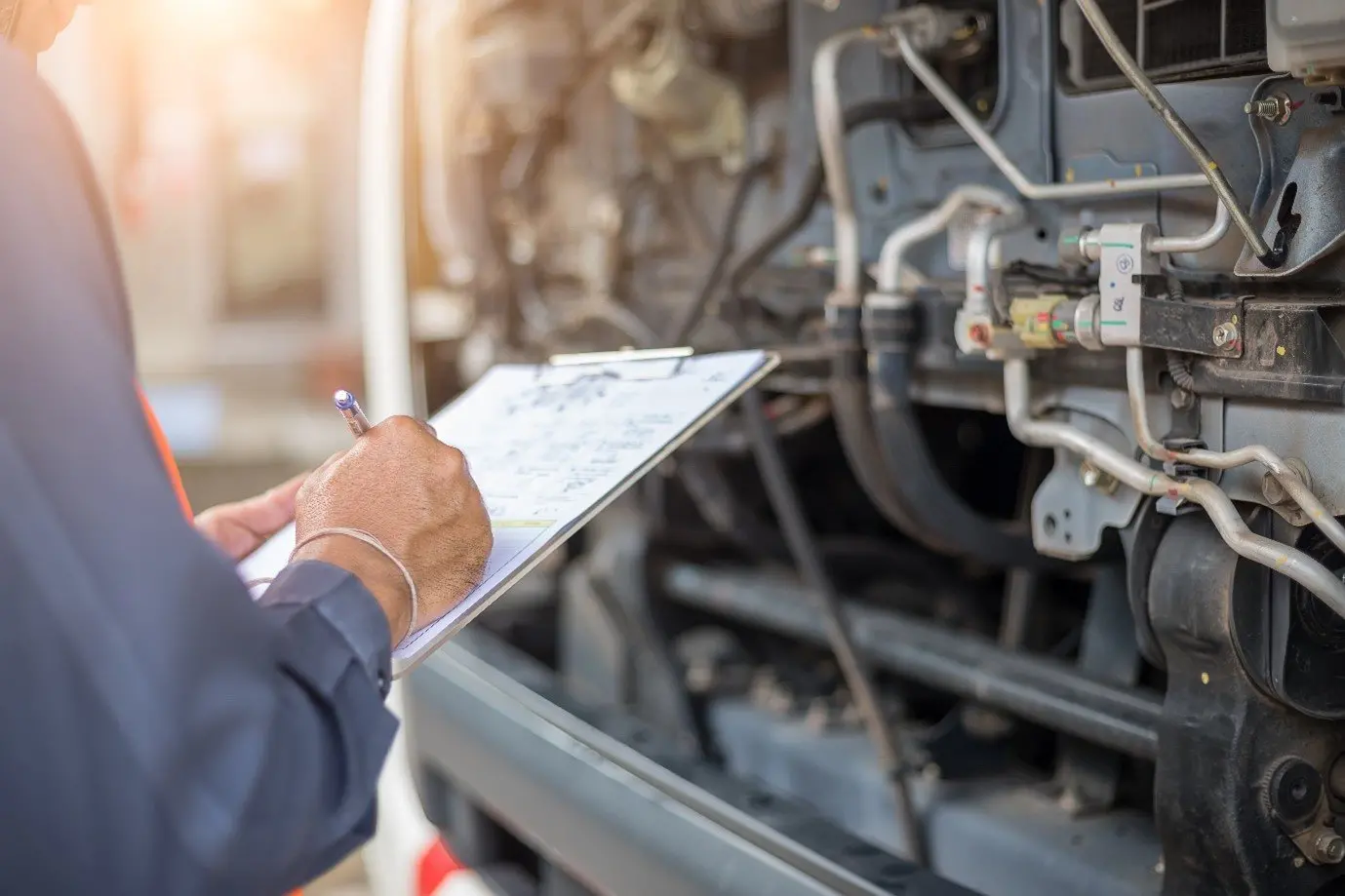
When it comes to deciding what type of maintenance is best for your business, there are several factors you need to consider. Whether you choose preventative, reactive or predictive maintenance, each option has its own positives and negatives. You must weigh up each one to decide which is the best choice for you and your facility.
Preventive maintenance is a key component of the management of any type of facility. It aids in increasing equipment lifespan, decreases unexpected downtime, and ultimately, the decline in long-term maintenance costs. That being said, it’s not always the right option for certain components of your business. As with everything, whilst it has advantages, it also comes with some disadvantages.
In this blog, we discuss the pros and cons that come with preventative maintenance.
What is Preventative Maintenance?
Preventative maintenance maintains your business’ assets in an approach which involves regular or scheduled inspections and repairs – even when equipment is functioning. In essence, having such a program in place delivers routine maintenance, to keep your facility up and running by preventing unforeseen and costly shutdowns.
Advantages of Preventative Maintenance
- Saves Money
Regular maintenance of equipment means that costly repairs or replacements are reduced dramatically. Similarly, breakdowns can also cause your business to be affected, and in some cases, you may have to shut down completely whilst appropriate repairs take place. Therefore, alongside the reduction of breakdowns, planned maintenance also minimises the chances of your business shutting and the loss of revenue these closures can cause.
- Longer Equipment and Building Life
Ensuring that your equipment is checked regularly means that they are likely to last longer, as any issues will be spotted early and dealt with immediately.
With routine checks on structure, for instance pipes, boilers and roofing – you will also expand the life of your facility’s building as well.
- Less Energy Wastage
Correctly serviced and maintained equipment can contribute to less energy usage. Overworked and undermaintained equipment can struggle to remain efficient and thus use more energy than would otherwise be necessary. Regularly maintained lighting and cooling/heating systems can also help lower your energy bills.
- Safer Work Environment
With regular maintenance, dangerous and catastrophic equipment failures are reduced, making your facility a safer and healthier place for your staff and customers.
- Less Disruptions
With routine checks, it won’t come as a surprise when something goes wrong. It will essentially be a quick fix as you will know what needs to be done. Therefore, issues surrounding your facility closing down and disrupting your employees will be avoided – if a large problem was to occur.
Disadvantages of Preventative Maintenance
- Expensive Upfront Cost
Whilst preventative maintenance will save you money in the long run, the set-up costs to initiate the plan can be high.
- Planning
Detailed and intricate planning is needed to ensure all facility assets are covered and an appropriate maintenance schedule is created and followed.
- Over Maintenance
As there is a regular plan in place, sometimes equipment may not need to be inspected as often as scheduled. However, you can change your maintenance plan so that it checks the certain equipment or areas less frequently, whilst still maintaining a schedule.
- Cannot Solely be Depended on
Depending solely on preventative maintenance isn’t enough. Some issues are unfortunately unavoidable and so it’s vital that you have a reactive maintenance solution in place too.
The Solution
Introducing a planned maintenance program into your business is a highly effective way to reduce the need for reactive maintenance. For example, a consistent maintenance plan for your carpets can extend their life by 5 to 10 years, as well as save you huge costs. Or it can also aid in preventing your air conditioning system from irreparable damage with our Commercial Cleans service, where we implement a regular bespoke cleaning schedule. However – utilising both preventative and reactive maintenance together will deliver an even stronger approach to your business’ upkeep. It goes without saying that some level of reactive maintenance is to be expected with any facility. With regular maintenance throughout your business, you can ensure any issues are caught early, and broken or faulty parts replaced immediately. However, having this alongside our reactive maintenance service will mean you have a professional team on hand at any time of the day or night. Therefore, you can have peace of mind that we will arrange for the right tradesman to get to you within 2 hours to 5 days (depending on the severity of the issue).
Preventing a problem is of course better than letting it transpire and then dealing with it. It can be an effective approach to help a business reduce breakdowns, decrease downtime, enhance efficiency and extend equipment lifespan. However, as with any program, it’s important to understand that whilst there are advantages, there are also disadvantages. Therefore, you must understand that unexpected issues have a bad habit of cropping up. As a result of this, reactive and planned maintenance can enhance your business’ upkeep when they are utilised together.
To talk to us more about this program, or any other services we provide, please give us a call on 0333 1234450.
Contact MSL
Call us today on 0333 1234450 or fill out the form on our contact page and we will get back to you.
Contact Us